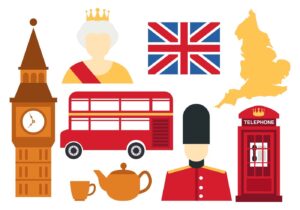The gateway to South America reveals a cultural odyssey of community spirit, coastal adventure, untamed wilderness and urban diversion…
By Doug Wallace
“What’s the best place you’ve ever been?” People frequently ask me this question when they discover that I’m on the road a lot. “I like different places for different reasons,” I reply, then rattle off a small selection of favourites. Recently, I added Colombia to my list. Having been to both its Pacific and Caribbean coasts and three major cities, I’m confident in my new choice.
My curiosity with Colombia began when people I knew started to take the term “digital nomad” seriously. Friends would simply fall off the radar for a few months while they worked from a flat in Lisbon or a hammock in the Dominican Republic. Colombia became a blip on this radar, as it pushed past an era of drug-related violence, turning a corner with new marketing plans to get people interested and visiting. It worked.
“We are a country of kind people who want to improve, and tourism is a link to that transformation,” says María José Silva, vacation tourism manager of government agency ProColombia. “For families, for honeymooners, for inclusive tourism, LGBT tourism – all of that, we are promoting that Colombia is a great place to visit,” she says, also affirming that the principle of sustainable tourism is now a national policy. “It’s like an umbrella: the whole country is contributing to that purpose and in its promotion.”
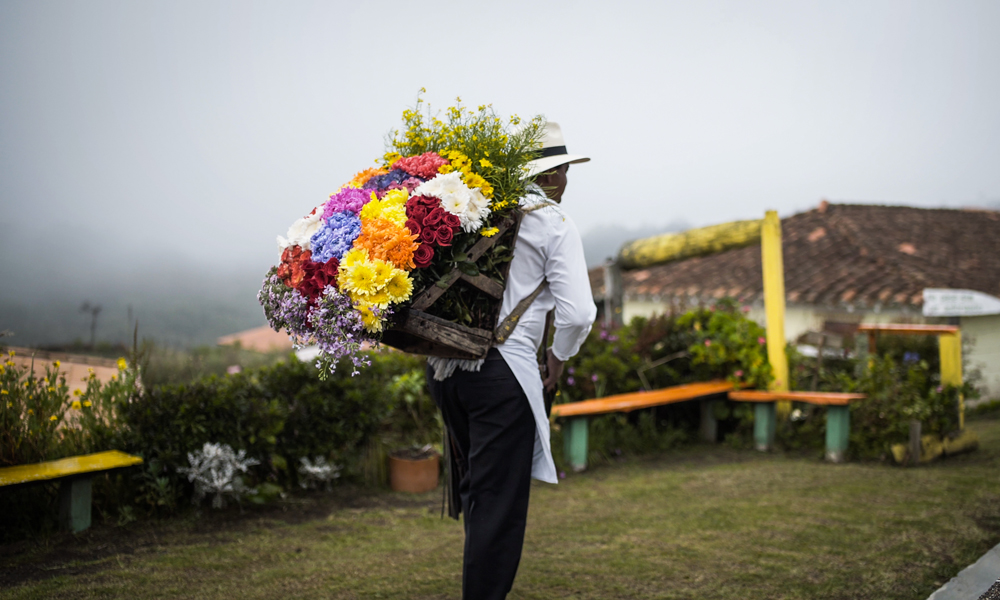
Colombia also scores well on Equaldex, an online resource on LGBTQ+ rights and data with regard to laws, facts and opinion polls – it gets a score of 75, on par with Canada, the United States, Mexico and most of Europe. And while the capital city of Bogotá is a sophisticated spot to start any vacation, the six distinct regions of the country deliver the true taste of Colombia.
I start my exploration in the Caribbean region. I’m standing at the corner of a busy square in Cartagena observing the after-work crowd, wondering which food stall to choose – they all smell delicious. And then, an epiphany: I line up with all the policemen, who always know the best places to eat. (I am right.)
This port city, a regular on the cruise-ship circuit, has a safe and serene vibe for tourists, day and night. The well-preserved Old Town is now a UNESCO World Heritage Site. Visitors will find a range of accommodations, much of it extremely quaint and colonial, as well as boutiques that sell things you might actually want to buy and dining that is not just a meal but an experience, the entertainment reminiscent of supper clubs from years past.
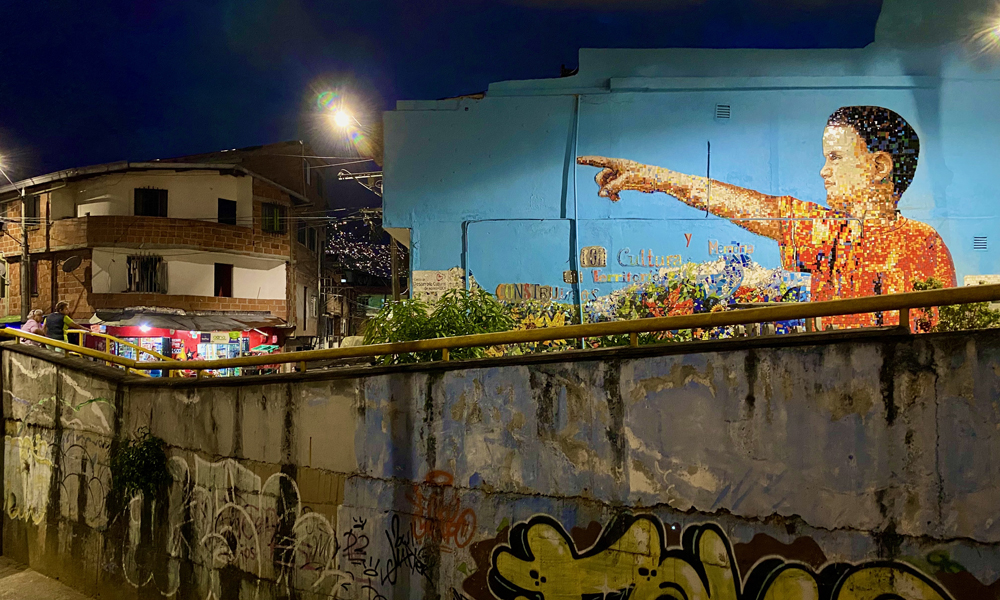
When you’ve had your fill of Cartagena and spun through the numerous rooftop bars, you can skip the city’s Bocagrande hotel strip on the beach and head south to Tierra Bomba Island instead, or to those even farther south, for more sandy beaches and coral reefs. The surrounding Caribbean region is filled with forests and nature, Indigenous and Afro-descendant cultures to sink into, and many archaeological sites.
The Eastern and Western Andes regions in the middle of Colombia are mountainous and bucolic, brimming with national parks, flowers, coffee and history. The city of Medellín in the western district is a big favourite of the LGBTQ+ crowd. The fact that it has gone from being the most dangerous city in the country to its most innovative is a testament to the will of the people here.
In the once-violent District 13, residents have retaken control of the neighbourhood through community-driven initiatives and social programs built at a grassroots level. The street art and unique outdoor escalators have become tourist attractions, with guides giving the low-down on the changes in infrastructure and in the life of the community. “Social transformation is one of our goals,” Silva says. “The guides, the agencies, the hotels, all are working in the same way, and our smaller communities are finding a different way of life. We are transforming life with tourism in Colombia.”
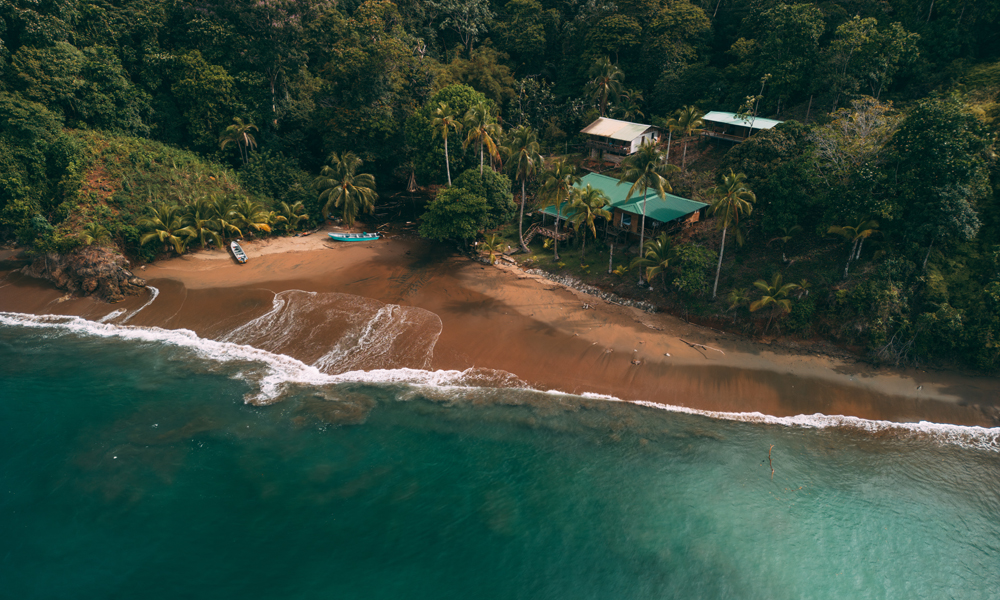
The disparity between the haves and have-nots in Medellín is considerable, but everyone seems to get along. El Poblado is the chic part of town, a vibrant barrio filled with hotels and restaurants, galleries and shopping. And places to dance – the nightlife, in fact, shuts down entire streets. I’ve heard more than a few bad Grindr stories, so take that into consideration. As well, there are more than half a million motorcycles in Medellín, so heads up when you step off the curb.
Down south, Colombia’s mountainous Massif region is lauded as a cradle of ancient civilizations, with numerous archaeological parks and ample Andean culture. And the Amazon-Orinoco region is the big, green heart of the whole country, a vast and biodiverse area of unexplored forests, remote ranches and natural wonders.
Colombia’s Pacific region sports yet another diverse ecosystem and all the adventure that goes with it. The municipality of Bahía Solano is a hit with the hostel crowd, and is now luring more upscale guests with private lodges accessible only by boat.
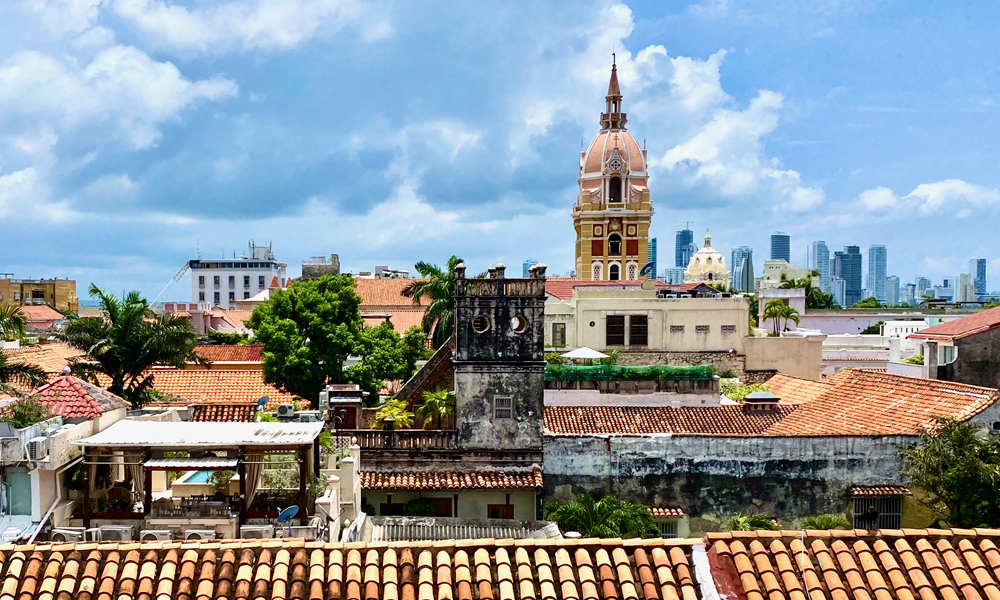
Afloat Adventure is a case in point, a fishing-tour operator that has branched out into nature-based tourism with the seven-room Anigua Lodge, where I slept like a baby after a few fun-filled days. “The people who stay with us are usually very open to adventure,” says Afloat co-owner Simón Roldán, “couples who want to spend disconnection time here, who are travelling in South America or in Colombia specifically and want a break.”
I am in awe of the wildlife and the lushness of it all. A nighttime “herping” trek in the jungle –searching for reptiles and amphibians – reveals several colourful creatures, including harlequin frogs and spiders, caimans and snakes. An afternoon of birding at Utría National Natural Park sees us passing around the binoculars every few minutes. Colombia is a paradise for birders, the almost 2,000 species comprising 20 per cent of bird diversity worldwide.
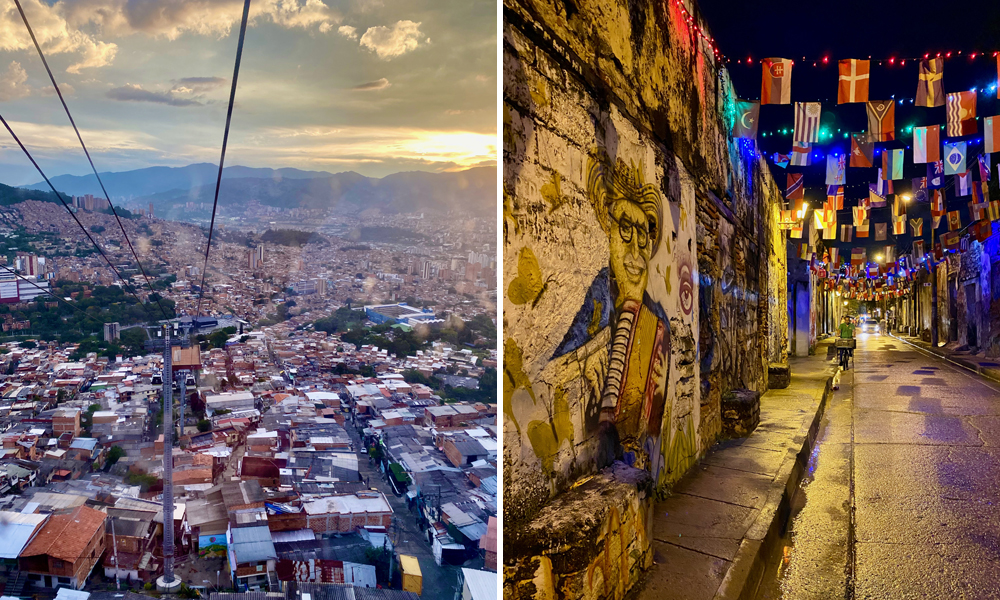
I help release a few hundred one-day-old olive ridley sea turtles into the sea at Tortugas Del Pacifico turtle nursery. We then celebrate our achievement with a taste of viche, the local sugar cane-based hooch, while a choral group in traditional costume pulls us into their dancing circle. The few hours fly by.
“I want to keep improving the cultural heritage and gastronomy components of my adventure program,” Roldán says. “I also feel motivated when the people here do well, and are living a little bit better here because of us. That’s a huge motivator.”
Like they say, it takes a village.
DOUG WALLACE is an international travel and lifestyle writer, photographer and custom-content authority, principal of Wallace Media and editor-publisher of TravelRight.Today. He can be found beside buffet tables, on massage tables and table-hopping around the world.

